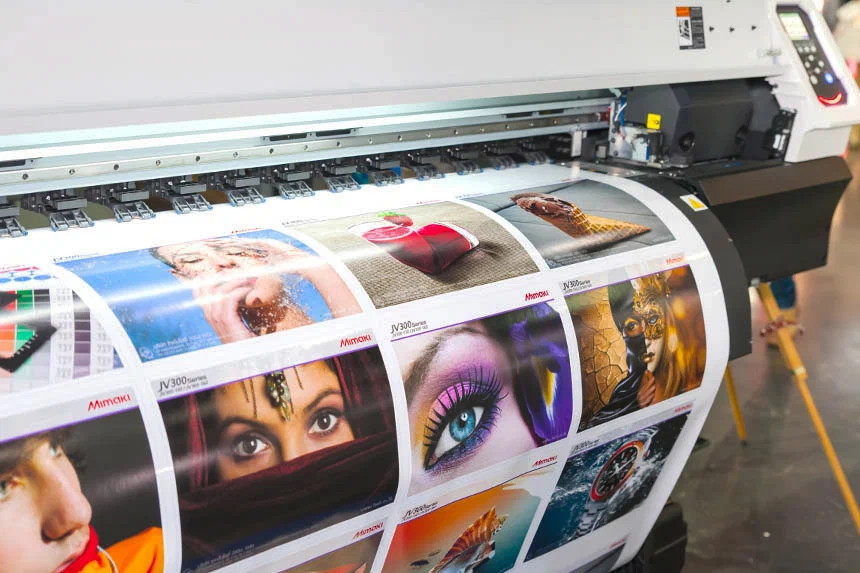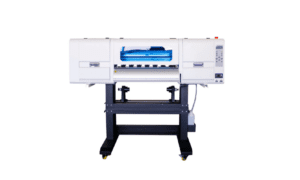Digital printing has revolutionized the printing industry, providing businesses with faster and more cost-effective printing solutions. With digital printing, images, and designs are directly printed onto the printing substrate using digital files, eliminating the need for traditional printing plates. This process has become increasingly popular due to its flexibility, speed, and high-quality output. In this article, we’ll explore some of the best digital printing techniques available today.
What is digital printing?
Digital printing has become increasingly popular in recent years due to its many advantages over traditional printing methods. One of the biggest benefits of digital printing is that it allows for greater customization and personalization.
Digital printers can easily print variable data, which means that they can personalize each copy with unique text, images, or graphics. This makes digital printing ideal for printing personalized marketing materials, such as direct mail pieces or promotional products.
Another advantage of digital printing is that it is more cost-effective for short runs. Traditional printing methods often require a minimum order quantity, and the cost per unit decreases as the quantity increases. With digital printing, there are no minimum order requirements, and the cost per unit remains the same regardless of the order size. This makes digital printing a great option for small businesses or individuals who only need a few copies of a document or marketing material.
Digital printing is also faster than traditional printing methods. With digital printing, there is no need to create plates or screens, which can save a significant amount of time. Additionally, digital printers can print quickly and efficiently, allowing for faster turnaround times and quicker delivery of printed materials.
One of the drawbacks of digital printing is that it may not always produce the same level of color accuracy as traditional printing methods. This is because digital printers use a different color-matching system, which may not always match the exact colors of a design. However, advancements in digital printing technology have improved color accuracy, and many digital printers can now produce high-quality prints with excellent color matching.
Types of digital printing
Inkjet printing:
Inkjet printing is a popular digital printing technique that uses small jets of ink to produce high-quality images and designs. This process is commonly used for printing on a wide range of substrates, including paper, canvas, and fabric. Inkjet printing is also popular for its versatility. It allows for the production of a wide range of products, including photographs, fine art prints, and promotional materials.
Laser printing:
Laser printing is another popular digital printing technique that uses a laser beam to produce images and designs. Printing on a variety of substrates, including paper, plastic, and metal, commonly uses this process. Laser printing earns recognition for its high-quality output and speed. Making it an ideal choice for businesses that require fast and efficient printing solutions.
Dye-sublimation printing:
Dye-sublimation printing is a digital printing technique that uses heat to transfer dye onto a substrate. This process is commonly used for printing on fabrics and hard substrates, such as ceramic tiles, mugs, and keychains. People know dye-sublimation printing for its vibrant and long-lasting output, which makes it an ideal choice for businesses that require high-quality and durable printed products.
Direct-to-garment (DTG) printing:
DTG printing is a digital printing technique that directly prints designs and images onto fabric using specialized inks. This process is commonly used for printing t-shirts, hoodies, and other garments. DTG printing is popular for its ability to produce high-quality, full-color images and designs, making it an ideal choice for businesses that require custom-printed clothing and accessories.
Large format printing:
Large-format printing is a digital printing technique that uses large-format printers to produce images and designs on a variety of substrates. This can include vinyl, paper, and canvas. Printing banners, trade show displays, and outdoor signs commonly use this process. Large-format printing earns recognition for its ability to produce high-quality, large-scale images. This makes it an ideal choice for businesses that require eye-catching promotional materials.
Summing up
Digital printing has revolutionized the printing industry, providing businesses with faster and more cost-effective printing solutions. With a wide range of digital printing techniques available, businesses can choose the best technique to meet their specific needs and goals. Whether it’s inkjet printing, laser printing, dye-sublimation printing, DTG printing, or large format printing, digital printing provides businesses with high-quality, flexible, and cost-effective printing solutions. By carefully considering their needs and goals, businesses can choose the best digital printing technique for their unique requirements.



































